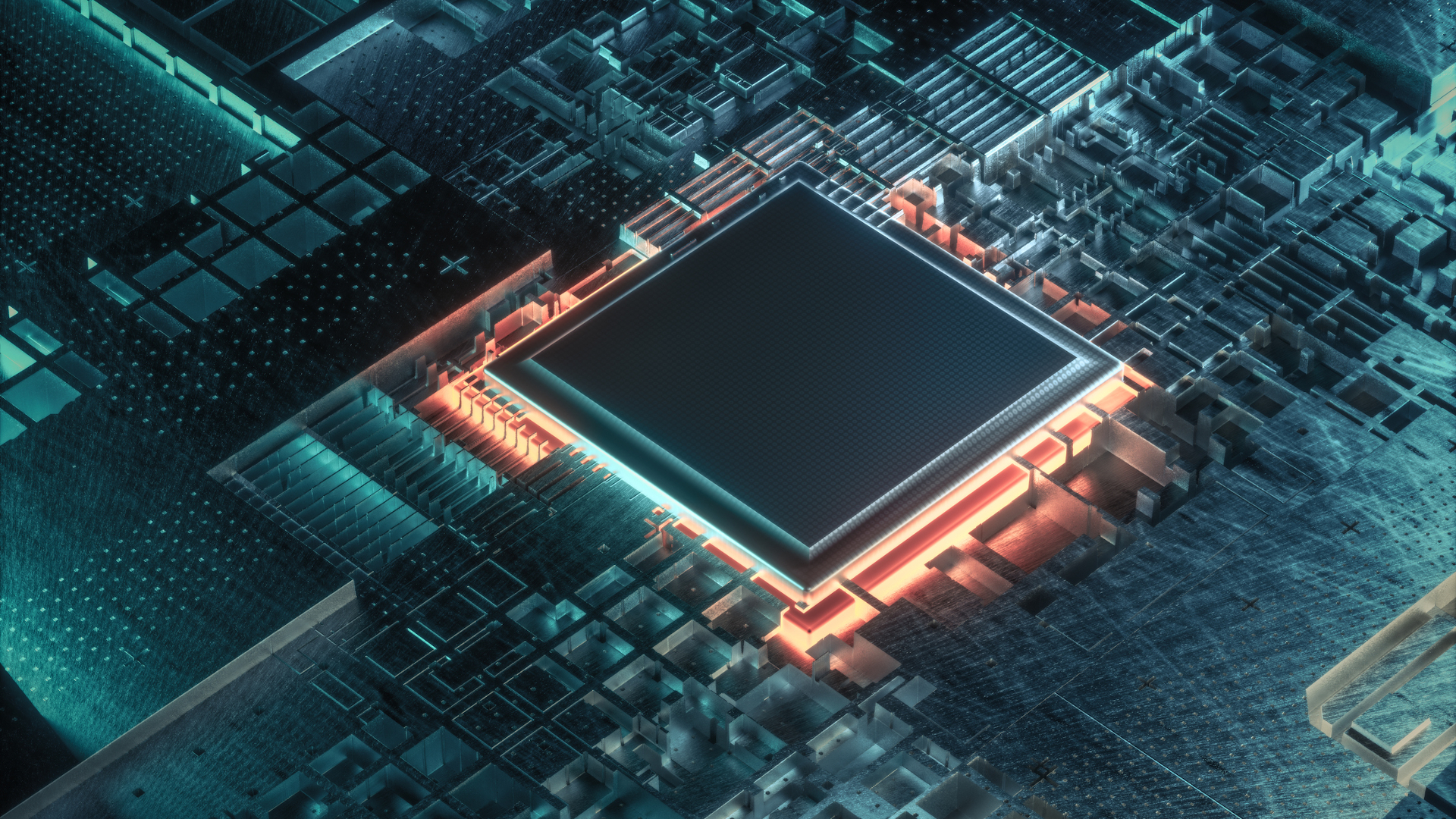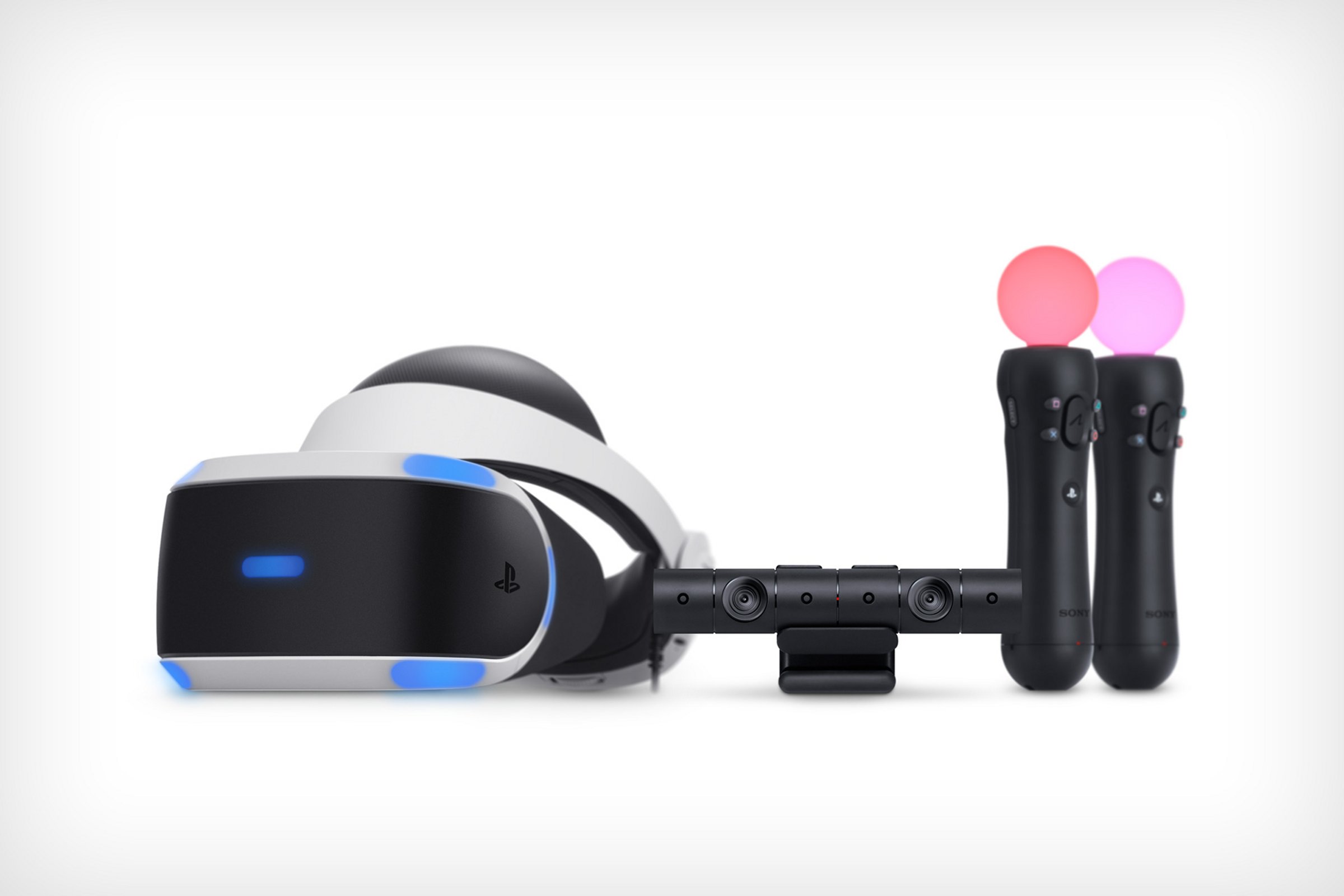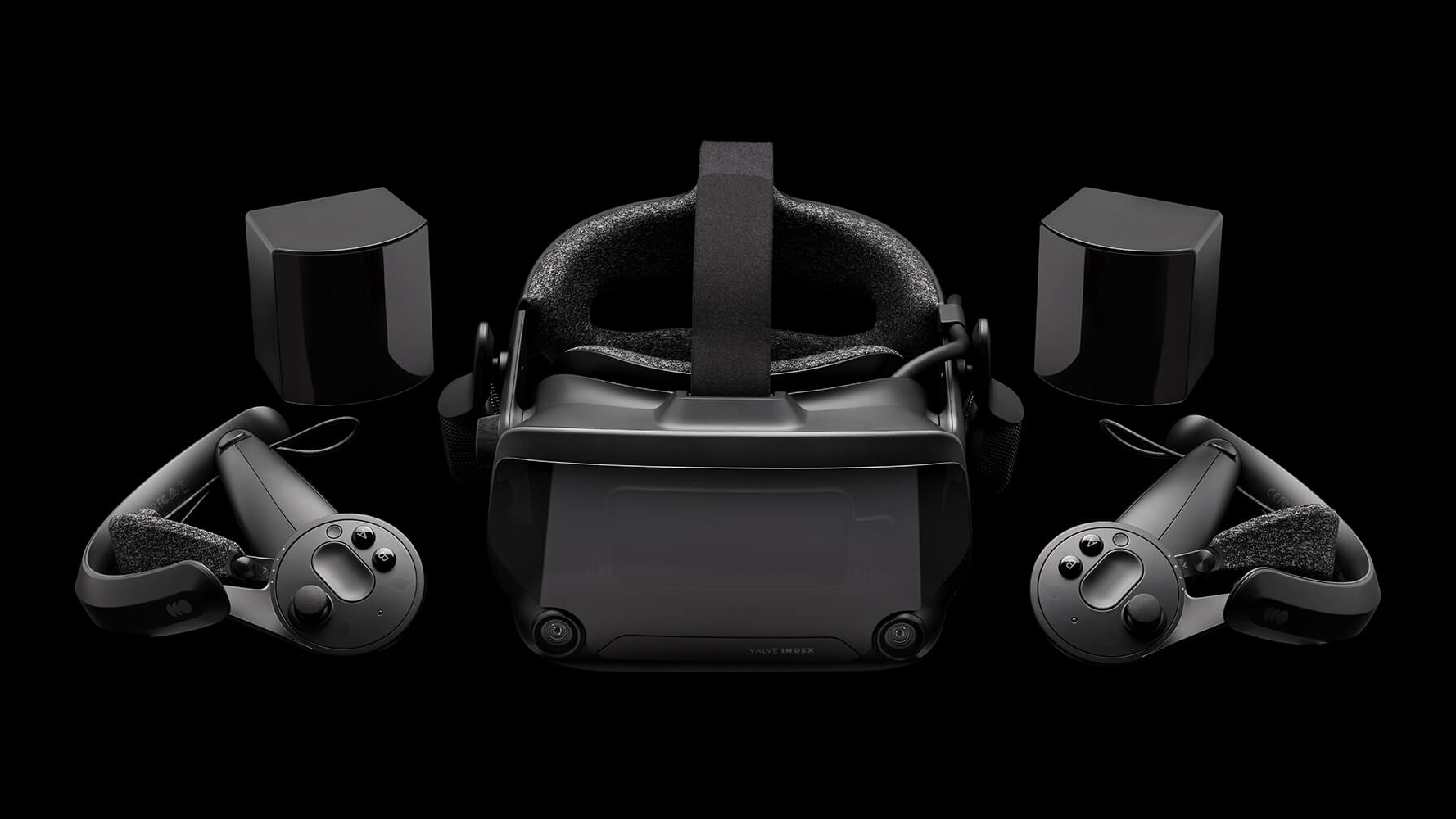How to build a PC for VR
Enter a new world of interactive entertainment with our guide on how to build a PC for VR.

If you're looking to join the VR revolution but don't have the rig for it, our handy guide will teach you how to build a PC for VR.
As the price of the best VR headsets starts to fall and the ground-breaking technology becomes more accessible, you may be tempted to dive into this new world of interactive entertainment. Blockbuster games like Valve’s Half-Life: Alyx have started to prove the potential of the medium, dragging thousands of gamers into the fold with the promise of new adventures that test the boundaries of what video games can do.
But virtual reality is still a very expensive hobby to get into, one that is full of complex space demands (such as figuring out how to set up your room for VR), and thorny hardware requirements. Specifically, if you want to engage with the most impressive virtual reality experiences, you’re going to need a PC powerful enough to support your headset and the games you want to play.
In this guide, we’re going to jump through those hoops for you and help you get into VR with as few problems as possible. Hopefully, it will help you decide whether it's worth it to build a PC for VR, and what kind of PC build you’re going to need for the type of games that you want to play.
How to build a PC for VR: Building vs buying
If you're looking to get a new VR-ready PC then you have two options - build it yourself, or buy one from one of the many PC retailers and custom PC builders out there.
Most of the advice in this article is aimed at people who are looking to build a PC for VR, but all of it will be useful to people looking to spec up a PC to buy too. You can look at our recommendations for CPU, GPU, RAM and more and then use that to help you choose a great gaming PC from one of the big retailers like Dell, HP, or Alienware.
Entry level VR vs. high-end VR
Nowadays, VR hardware makers have developed headsets that don’t actually require a PC to run. If you’re a console player and you want to get into virtual reality without any of the fuss of learning how to build a PC for VR, you should look into the Oculus Quest range. These are entry-level wireless headsets that work without any tethers, so you can pick up and play most of the good virtual reality games wherever you are, like Beat Saber and Pistol Whip. They’re not super powerful and they’re surprisingly cheap as a result, retailing at $299 for the base model.
The best part is that you can use them to stream high-end VR games from your desktop if you already own a gaming PC and have a decent internet connection. You can also use an Oculus Link cable to connect your Quest to a gaming PC to boost its power and play more taxing Oculus Rift games if your internet isn’t good enough. PlayStation 4 or PlayStation 5 owners could also pick up a PlayStation VR bundle for roughly the same price if they want to skip the need for a PC entirely. If you go down this route, we definitely recommend that you check out the best PSVR space games we found – they're a blast!
Breaking space news, the latest updates on rocket launches, skywatching events and more!

However, if we take Half-Life: Alyx as a benchmark for virtual reality, you’re going to need a more powerful headset and a gaming PC to enjoy it. Looking at the current landscape, there isn’t much of a mid-range, as most standard virtual reality set-ups are going to cost you around $1,000, which makes any long-term solution high end. The obvious choice at the moment would be the Valve Index, which retails at $999 for the full set, and comes bundled with Half-Life: Alyx. One thing to note with high end virtual reality kits is that many require you to have a room-scale set-up.
The Valve Index uses lighthouses, meaning you’ll have to place two cameras around your room looking onto a wide-open space where your body can be tracked, so you’ll need a large clear play space before you start. Other headsets, especially entry-level headsets like the Oculus Quest 2, use inside-out tracking, which means that the headset detects where you are and you have to draw a boundary around yourself to tell the headset where you want to play. This is a more accessible solution for small spaces, but the tracking is understandably less reliable.
How to build a PC for VR: Specs
With all that in mind, it’s time to start thinking about the gaming PC build that will complement your virtual reality set-up. The best place to start when you want to build a PC for VR is to look at the system requirements for the headset you’re going to buy. If you own Steam, Valve offers a handy tool that lets you check if your rig is able to handle the Valve Index, but most other headsets will offer system requirements on the store page that you can go off when preparing to build a PC for VR.
The minimum specifications for a Valve Index is 8 GB of Ram, a NVIDIA GTX 970 / AMD RX 480, and a Dual Core processor. The recommended specifications ask for a Quad Core processor and a NVIDIA GTX 1070 or better. You’re also going to need USB 3.0 ports for the best experience and a DisplayPort 1.2+ input on the back of your rig for the headset display, as it doesn’t support HDMI.
These are fairly modest specs by 2021 standards, but even if your computer meets the requirements for the headset, you then have to consider the specifications of each game you want to play. For example, Half-Life: Alyx asks for 12 GB of RAM, a GTX 1060 / RX 580 with 6 GB of VRAM, and a Core i5-7500 or Ryzen 5 1600 processor.

If we take some of the other most popular VR games as examples, Sword and Sorcery recommends 16 GB of RAM, an Intel Core i7 and a NVIDIA GTX 1070. Multiplayer shooter Pavlov VR’s recommended spec is a 16 GB of RAM, a Six Core 4 GHz + processor, and an RTX 2080.
As you can see from the above examples, the most important parts of any virtual reality PC build are the graphics card, the RAM, and the CPU / processor. It’s also important to note that many software specifications are higher than the base specifications for the headset itself. You don’t want to skimp on any of these parts when you’re preparing to build a PC for VR, especially if you want to future-proof your VR rig. Crucially, you don’t want to be in a situation where you’ve bought an expensive headset but you can’t use it to its full potential, so base your rig around the games you want to play.
In my personal virtual reality rig (which is paired with a Valve Index), I have a NVIDIA RTX 2080 Super, a Ryzen 5 3600, and 16 GB of RAM. This lets me churn through most games at high settings and crank up the internal Hz on my headset display for deeper immersion. This would be a great benchmark for any solid VR PC build. Just make sure you pair it with a compatible motherboard, a high-wattage power supply (google your graphics card’s recommended pairing), and a case that offers good airflow to keep the system safe and cool.
Welcome to the world of tomorrow

With all of this in mind, you should have everything you need to go out and buy a VR headset that suits your use case, whether that’s an entry-level HMD that doesn’t require you to build a PC for VR, or a high-end rig that pairs a powerful headset with an equally strong gaming PC. If you follow our tips and pick the parts that suit your budget and needs, you should be ready to engage with some remarkable interactive experiences that may change the way you think about video games. Once you’ve made it through the tantalising unboxing and set up process that is…
Jordan Oloman has hundreds of bylines across outlets like Space.com, GamesRadar+, PC Gamer, USA Today, The Guardian, The Verge, The Washington Post, and more. Jordan is an experienced freelance writer who can not only dive deep into the biggest video games out there but explore the way they intersect with culture too. Jordan can also be found working behind-the-scenes here at Future Plc, contributing to the organization and execution of the Future Games Show.
